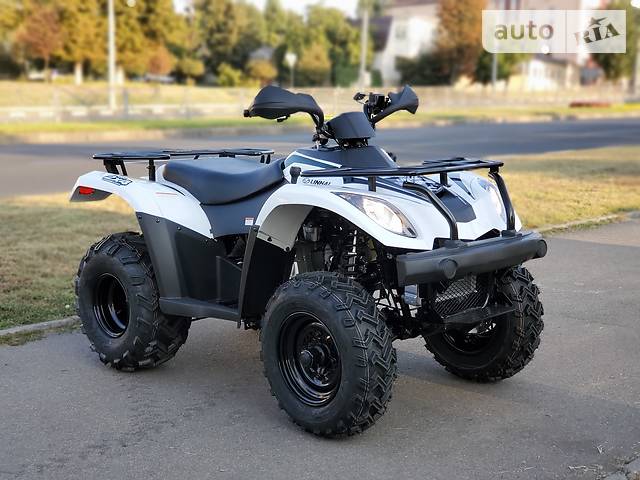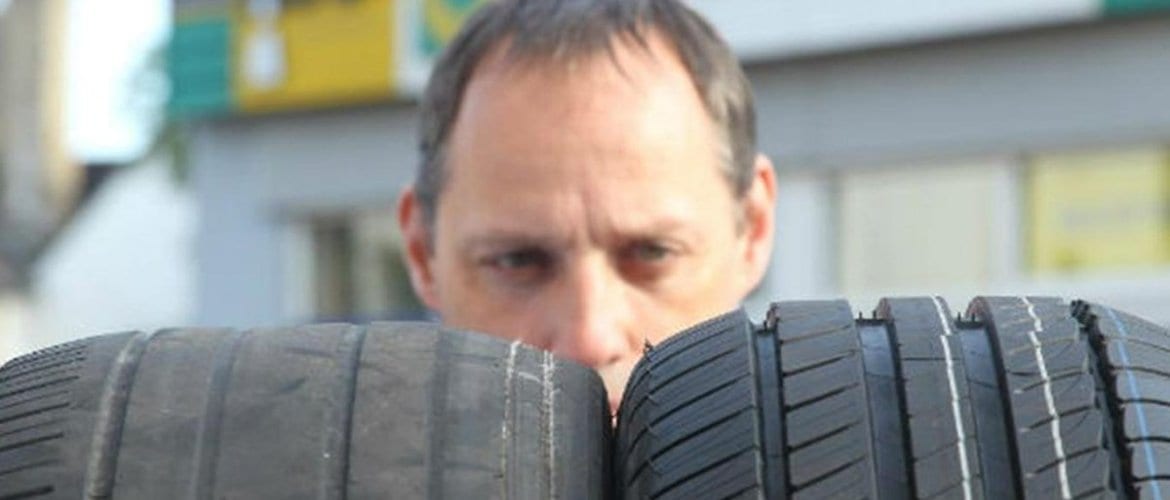
New tires against worn out: pros and cons
Do you need new tires or can you get by with secondhand ones? These are serious expenses - from 50 to several hundred dollars, depending on the size and specifics. Is it really necessary to spend so much?
The answer is no if you only ride in sunny weather. The truth is that under ideal conditions, that is, in sunny and dry weather, a worn tire with minimal tread is enough for you. In a sense, this is even preferable, because the more worn it is, the larger the contact surface - it is no coincidence that Formula 1 uses completely smooth tires.
The only problem is what is called "climate".
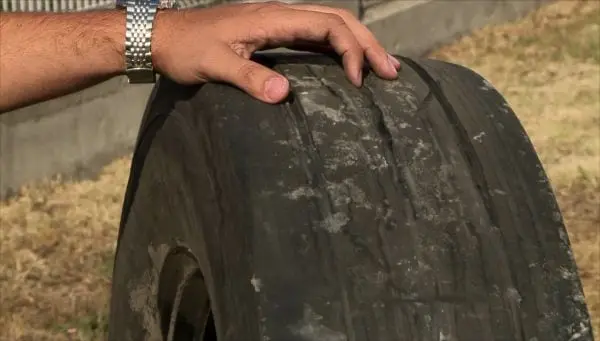
In Europe and the CIS countries there are strict rules regarding the use of rubber with a worn tread. You can read more about tire wear in a separate article. Serious fines can follow for breaking the law.
But if you lack motivation, consider this difference in real conditions.
The difference between worn and new tires
Many motorists think of tires as just molded rubber. In fact, tires are the product of extremely complex engineering research and knowledge. And all these efforts were aimed at developing an element of the car that ensures safety, especially in bad weather.
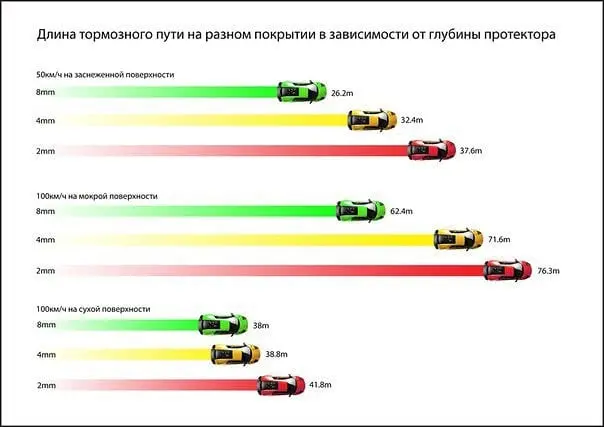
Continental tested cars with a set of brand new winter tires and a set of all-season tires, the tread of which wore below a minimum limit of 4 millimeters.
Test different types of tires
The conditions in which the first race was made were sunny weather and dry asphalt. Cars (new and worn tires) accelerated to 100 km/h. Then they started braking. Both vehicles came to a stop within 40 metres, well below the European standard of 56 metres. As we expected, older all-season tires have a slightly shorter stopping distance than new winter tires.

The next test was carried out with the same machines, only the road was wet. The main function of the deep tread is to drain the water so that there is no water cushion between the asphalt and the tire.
In this case, the difference is already substantial. Although winter tires are more suitable for snow than wet asphalt, they still stop much earlier than worn ones. The reason is simple: when the depth of the grooves on the tire decreases, this depth is no longer enough to drain the water. Instead, it stays between the wheels and the road and forms a cushion over which the car glides almost uncontrollably.
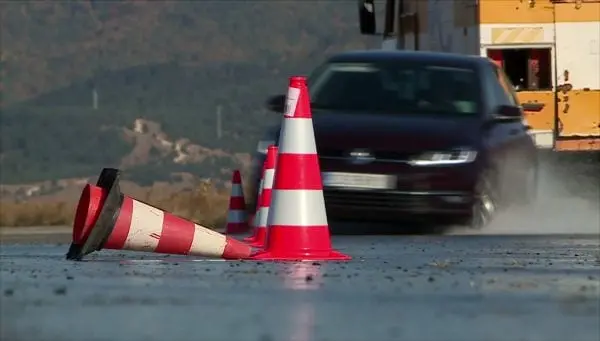
This is the famous aquaplaning. This effect is described in more detail. here. But even on slightly damp asphalt, this is felt.
The faster you drive, the smaller the contact surface of the tire. But the effect increases depending on the degree of wear. When two factors are combined, the results are usually sad.

The German giant Continental conducted more than 1000 tests to compare the stopping distance of tires with 8, 3 and 1,6 millimeters of tread. Distances vary for different cars and different types of tires. But the proportions remain.
The difference of several meters in real life is very important: in one case, you will get off with a slight fright. In another you will have to write a protocol and pay insurance premiums. And this is at best.
